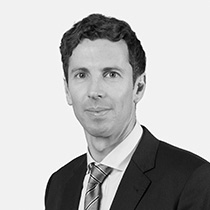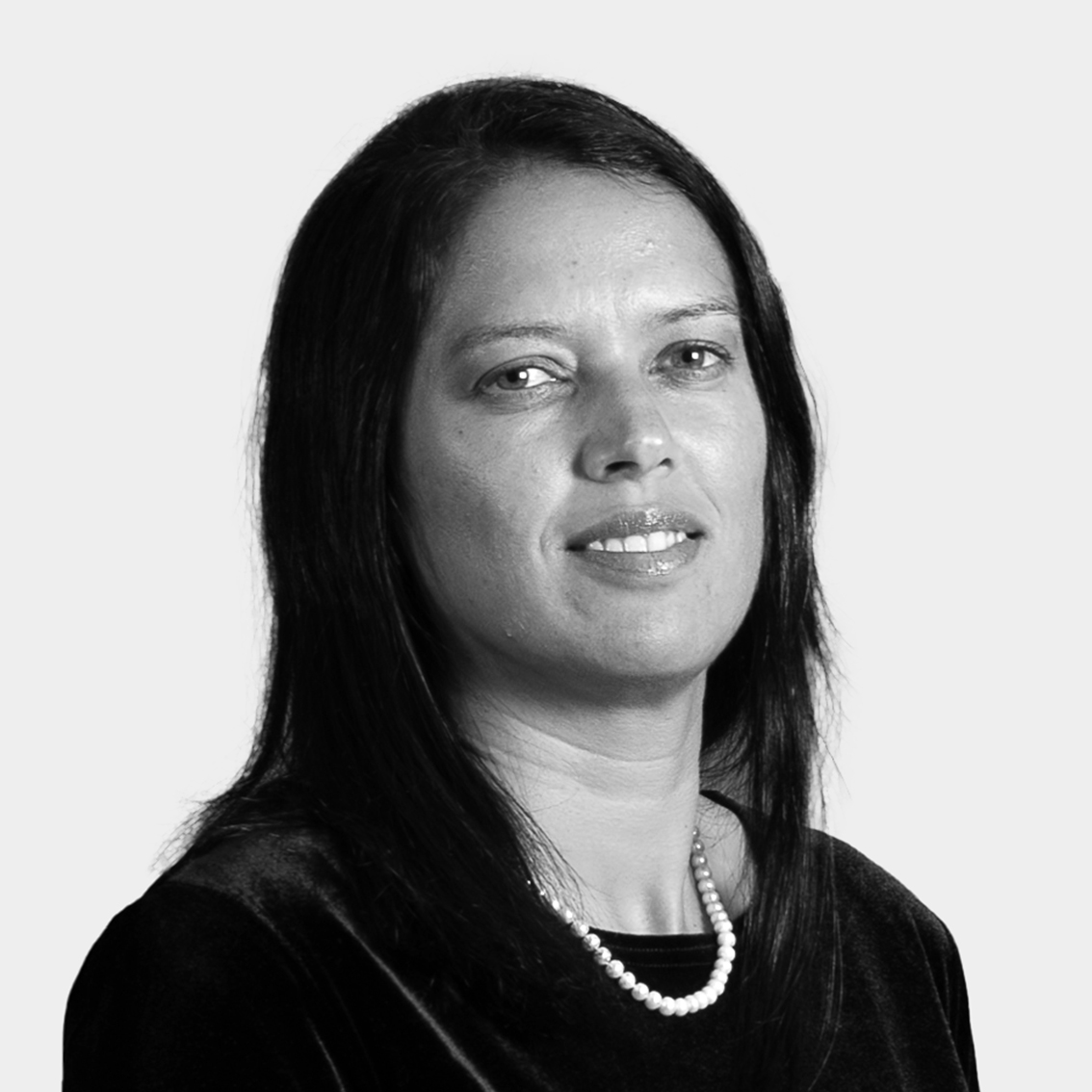Global equity markets ended the year on a high note, advancing 6.7% and bringing the gain for 2021 to 18.5%. Within equity markets, the S&P 500 Index bested the rest of the world by the largest margin in two decades. A specific sub-set highlights the gap: the S&P500 Index returned 28.7% in 2021 compared to the MSCI Emerging Markets Index, which declined 2.5%. As a result of sustained outperformance, the US now represents over 60% of the MSCI All Country World Index, up from 45% in the early 2010s. Global bond markets fared less well than equities as inflation fears picked up and investors began to price in a series of rate hikes. The bond index (Bloomberg Barclays Global Aggregate Bond Index) was negative for the quarter, bringing the full-year decline to -4.7%. According to LPL Research, 2021 ranked the third-worst year for US bonds in four-and-a-half decades.
For the Fund, 2021 was a story of two halves: a solid first six months followed by a weak second half. Despite being well positioned from an asset allocation point of view, with an overweight position in equities, no exposure to longer-duration developed market government bonds and a healthy allocation to commodities, stock selection disappointed. The Fund returned 0.5% for the quarter and 2.1% for the year. This is the second-worst relative performance versus the benchmark since the Fund’s inception over 10 years ago. We’re disappointed with these returns, and would like to apologise to investors for this underperformance. We do, however, remain confident about the current Fund positioning and are encouraged by the potential future upside from the assets that we own in the portfolio.
With regards to stock selection, four areas are worth highlighting:
- Chinese equities;
- US cable stocks;
- Businesses impacted by Covid-19, which should benefit from economies normalising (so-called re-opening stocks); and
- Not owning certain mega-caps like Apple (current market cap $2.8 trillion) and Nvidia (current market cap $675 billion), which returned 35% and 125%, respectively, for the year.
So how have we responded? To jump to the answer first, all three of the main detracting ‘themes’ remain meaningful holdings for the portfolio today. However, the weights, and in some cases the composition, of each theme have changed as specific stocks were either bought or sold based on a reassessment of their relative risk-reward. For example, in Chinese equities, we added to JD.com while reducing Alibaba. We discussed China in depth in this Corospondent article and in the third quarter of 2021’s (Q3-21) commentary, while US cable stocks were covered in the Q1-21 commentary (both of which are available on our website). This quarter, we will focus on Airbus – the comments below are specific to Airbus, but the market seems to be focused on near-term disruptions as opposed to long-term earnings power, which is a common theme across many businesses that Covid-19 is impacting. We think this dynamic is creating an interesting opportunity in select businesses.
Q4-21 was an eventful quarter for Airbus, as tends to be the case seasonally. The stock underperformed this quarter due to the emergence of the Omicron variant and the ensuing increased travel restrictions across different regions. Some airlines revised near-term plans in an already weak late autumn flying schedule, although the pace of new customer bookings was relatively resilient.
The market was also somewhat captivated by whether Airbus would make its annual delivery target of 600 aircraft in 2021. At the time of writing, the company has not yet released official figures, but it has reached the desired number for the year, according to the press. The late drive to achieve delivery targets is an annual fascination for some market participants but we view it as noise and observe it with indifference, other than for the potential buying opportunities it could present. The company has aimed to make its delivery plan less seasonal, but Covid-19 disruptions have set back that intention. Either way, demand for new aircraft is determined by long-term fundamentals while supply is affected by minor production issues which frequently occur due to the aerospace supply chain’s complexity, but tend to be resolved in a matter of weeks or a few months. The lumpiness of monthly deliveries is, therefore, largely irrelevant to the intrinsic value of Airbus, despite the occasional severity of share price moves.
The most important long-term debate among investors and industry participants is about whether Airbus can or should increase its very successful narrow-body aircraft (the A320neo family) production rate from the current level of mid-40 units per month to a record more than 70 by around mid-decade. A320s are the company’s most important models, contributing almost the entirety of the commercial division’s earnings before interest and taxes, and even when other programme’s profitability ramps up, will be making up at least three-quarters of the total. Unnerved by naturally pessimistic views on the production ramp-up issue by lessors and aircraft engine original equipment manufacturers, the market seems to be pricing a figure in the mid-50s. However, our analysis on demand and market share trends suggests that a rate close to 70 is feasible and there is further upside towards the end of the 2020s. Various pieces of anecdotal evidence support this (e.g. Allegiant Air’s CEO in the US recently noted that there were no free A320 production slots until 2026-2028).
We continue to be bullish on Airbus’ bolstered strategic position in the global duopoly coming out of the Covid-19 crisis, which, combined with a strong balance sheet sets it up well for the next decade. We expect this to translate into strong earnings and free cash flow growth over several years and believe the shares remain attractively valued.
Liberty Media Corporation, which owns Formula 1, was a positive contributor. F1 is the third or fourth most-watched event on earth. So, no doubt many readers would have witnessed the dramatic season finale where the two leading drivers (Lewis Hamilton and Max Verstappen) began the final race of the year tied on points. It was a high-stakes race of winner-takes-all, and in a turn of events resembling a Hollywood-scripted drama, it all came down to the final lap. Excitement, drama, emotion, history and fierce rivalry such as this draw the crowds both track-side and on TV (and increasingly direct to the consumer on any device too), and are exactly what makes live sports valuable. We think F1 is a unique asset, and in the hands of Liberty (with John Malone as Chairman), the company has been undergoing a transformation over the last few years. While Covid-19 heavily impacted the last two seasons, if economies and societies start to normalise (as we expect), combined with the changes Liberty has been making, the value of this unique franchise should become evident. F1 has high barriers to entry; is currently under-monetised yet still exhibits fantastic economics, with high margins and limited capex requirements resulting in strong cash conversion; has a dynamic new CEO Stefano Domenicali (with a background as CEO of Lamborghini and at F1 with Ferrari); and optionality from mergers and acquisitions, and higher broadcast fees.
Looking at asset classes for the quarter, commodity holdings, infrastructure positions and gold were the primary contributors to returns. At quarter-end, the Fund was positioned as follows:
- 62% effective equity;
- 6% in listed infrastructure assets;
- 8% in commodity-related assets split roughly equally between gold (the metal) and diversified miners;
- 7% in high-yield fixed income; and
- 8% in investment-grade fixed income.
The remaining 9% is invested across a range of other assets.
Our assessment of what most businesses in this portfolio are worth is largely unchanged and, with many prices lower, the Fund’s price-to-value gap has widened and expected returns are now higher. In contrast, the market has increased at a rate in excess of the underlying earnings growth, and such a re-rating would usually be a headwind to future returns. We are, therefore, cautiously optimistic about the returns embedded within the portfolio.
Thank you for your continued support and interest in the Fund.
Please note that this is for the retail version of the fund. View the Global Managed Fund page
 South Africa - Personal
South Africa - Personal




